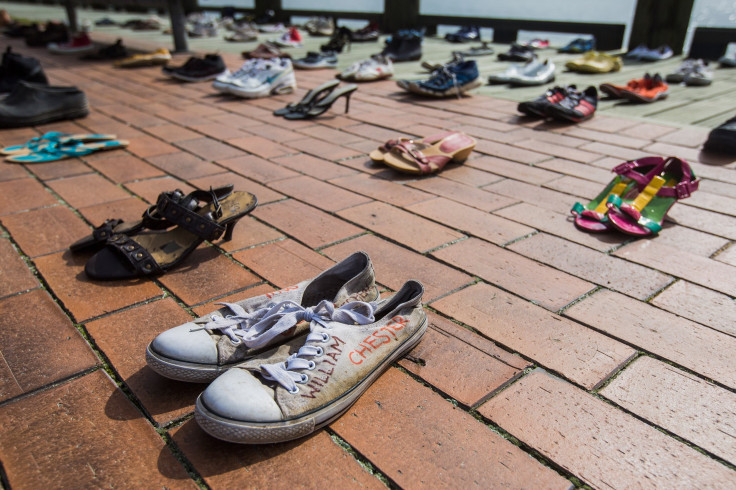Study Shows Youth Suicide Attempts By Self-Poisoning Have Increased Since 2011, Especially In Young Women

A new study has revealed a startling truth about suicide attempt rates among young people since the turn of the century.
The study was conducted by researchers from the Nationwide Children's Hospital in Columbus, Ohio, and the Central Ohio Poison Center and published in the Journal of Pediatrics. The goal was to look into recorded phone calls to U.S. poison centers starting from 2000 all the way to 2018 and track the number of calls that related to self-poisoning suicide attempts by people between the ages of 10 and 24.
While there were still suicide attempts from 2000 to 2010, the metric remained somewhat even for the decade, even decreasing in certain demographics. However, researchers found a significant increase in suicide attempt rates after 2011.
The study found that suicide attempts by self-poisoning had increased from 125% to 299% from 2011 to 2018. By the end of the study, researchers believe there were 1.6 million suspected cases of reported self-poisoning in young people, with a majority of those being in young women.
Suicide attempts by girls ages 10 to 12 first saw a decrease of 12% leading up to 2011, followed by a 338% upswing after 2011.
There was also an increase of 136% for girls 13 to 15 and an increase of 75% for girls ages 16 to 18.
In total, 1.1 million of the suspected 1.6 million cases were found to be young women.
"It's not just that there [are] more attempts, it's also the outcomes; the severity is increasing, as well," said Henry Spiller, the lead author on the study.
© Copyright IBTimes 2025. All rights reserved.





















